Since Wimbledon 2019 is just around the corner, this just might be the best time to discuss the fascinating history of Wimbledon, the oldest tennis tournament in the world.
Wimbledon is the only one out of the four ‘Grand Slams’ that still takes place on grass. The other three are the US Open and the Australian Open—now played on hard courts—and the French Open, which is played on clay. Beginning nearly 125 years ago in 1877, the history of Wimbledon is as entertaining as it can get, with its share of victors, traditions, and adaptations to the changing times.
Formally known as The Championships, Wimbledon, the event has been hosted by the All England Lawn Tennis and Croquet Club since its inception as ‘lawn tennis’ in the early days. The event is held over two weeks in late June or early July in Wimbledon, a small town in the southwest of Greater London, England.
We’re now going to serve (pun totally intended) some of the most interesting tidbits of Wimbledon to you. Get ready for some aces!
Humble Beginnings in 1877
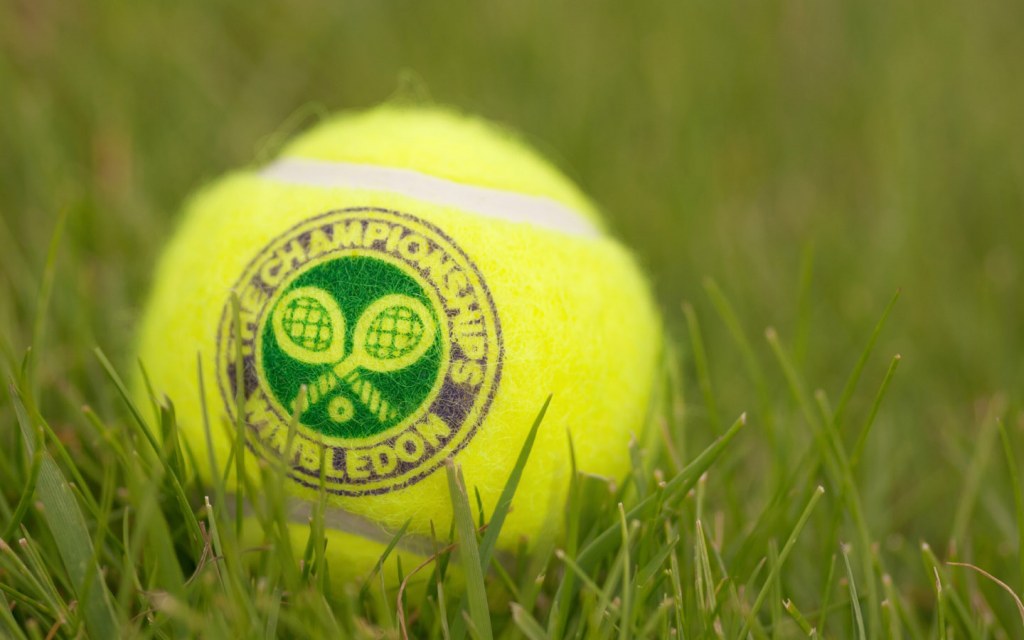
Wimbledon actually began as a friendly game of lawn tennis between amateurs with a single event being played for the championship trophy, the Men’s Singles. Twenty-two men entered the first tournament with Spencer William Gore becoming the first Wimbledon champion after beating his opponent in each set in front of a crowd of just 200 spectators. The gameplay of the final match lasted just 48 minutes.
These initial games also lacked proper sporting equipment for tennis with players being asked to bring their own rackets and hand-sewn tennis balls being provided by the club. Regardless of that, the rules of the game have barely changed since they were first introduced by the All England Lawn Tennis and Croquet Club.
No Women Allowed Until 1884
Women were not allowed at Wimbledon for its initial years. It was in 1884 that the Women’s Singles and Men’s Doubles events were added to the mix with Maud Watson becoming the first female champion.
However, it is Lottie Dod that remains the most memorable female champion at Wimbledon, since she won the Women’s Singles in 1887 at the age of 15, becoming the youngest woman to win the title to date. She then continued her winning streak for 4 more years, in 1888, 1891, 1892 and 1893, cementing women’s place in Wimbledon forever.
First International Champions in 1905 and 1907
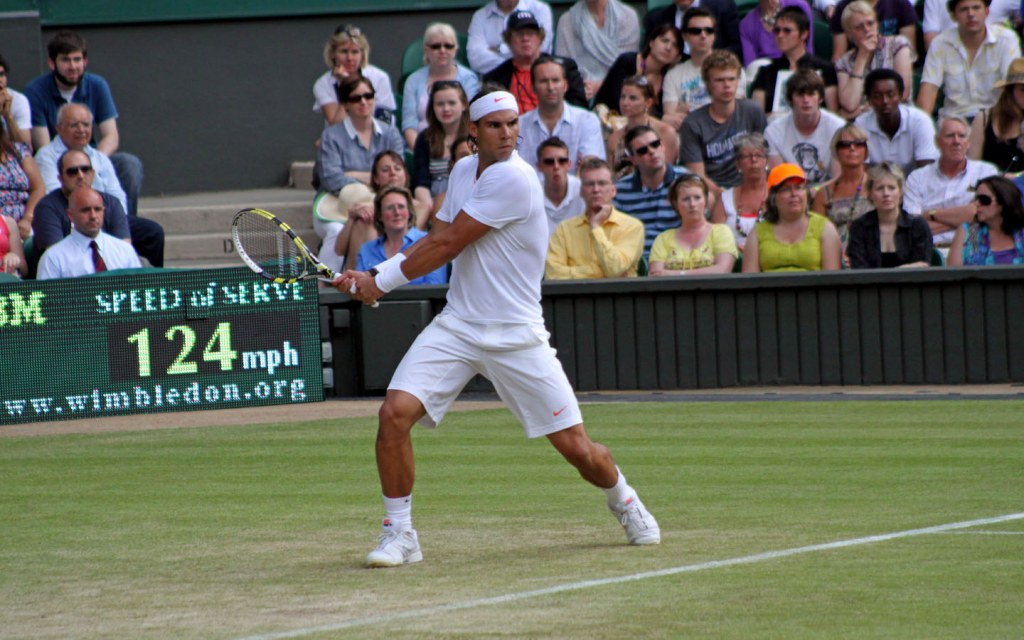
Wimbledon gained enough fame in the 1900s to attract international players to the event. May Sutton won the Women’s Singles for the US in 1905, and Norman Brookes took the trophy home to Australia for the Men’s Singles in 1907.
Wimbledon during World War 1 and 2
After several years of gameplay, the tournament came to a halt from 1915 to 1918 due to the 1st World War. There was another gap in gameplay between 1940-1945 due to the 2nd World War. However, these gap years did not hinder Wimbledon’s popularity, and it continued to gain fame over the years.
Change of Location in 1922
While earlier events had all been held at a ground near Worple Road, the growing fame of the championships made it impossible to host the event at the same venue. Thus, in 1922, between the two World Wars, Wimbledon moved from its old home to its current one on Church Road.
Live Coverage in 1937
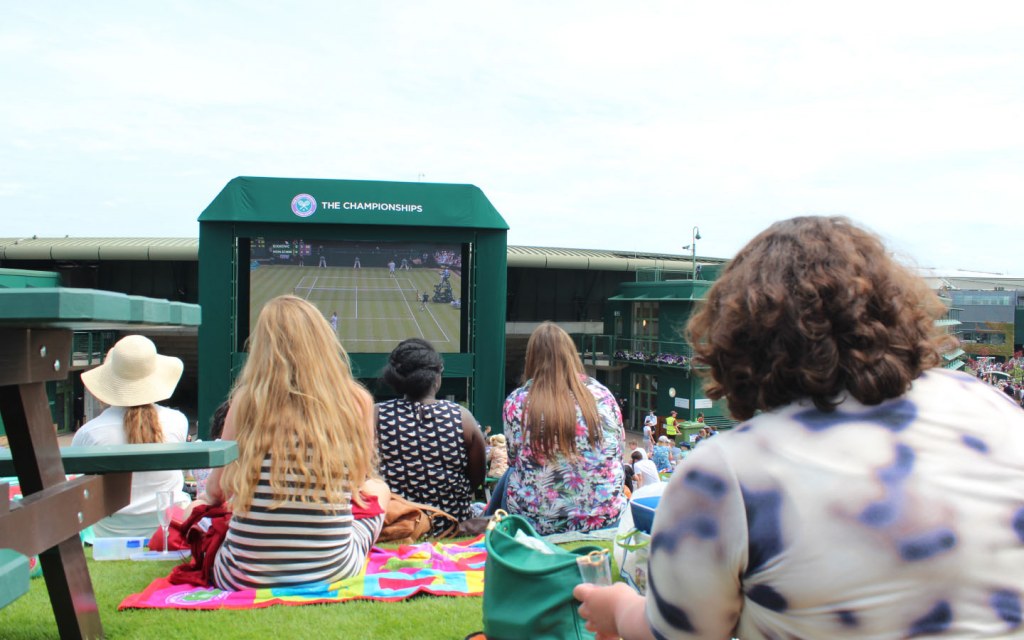
Wimbledon was broadcasted live for the first time in 1937, and it was done by the BBC. However, the broadcast was only able to reach a 40-mile radius via transmitters located in north London.
Wimbledon Champions are Awarded Prize Money for their Win from 1968
While the title, the glory, and the trophy were always up for grabs, it was actually in 1968 that the winners were rewarded with a monetary prize for their achievements. However, back then, the prize money for men and women was not equal, with men being awarded £2,000 and women being awarded £750.
Lawn Tennis Museum Opened in 1977
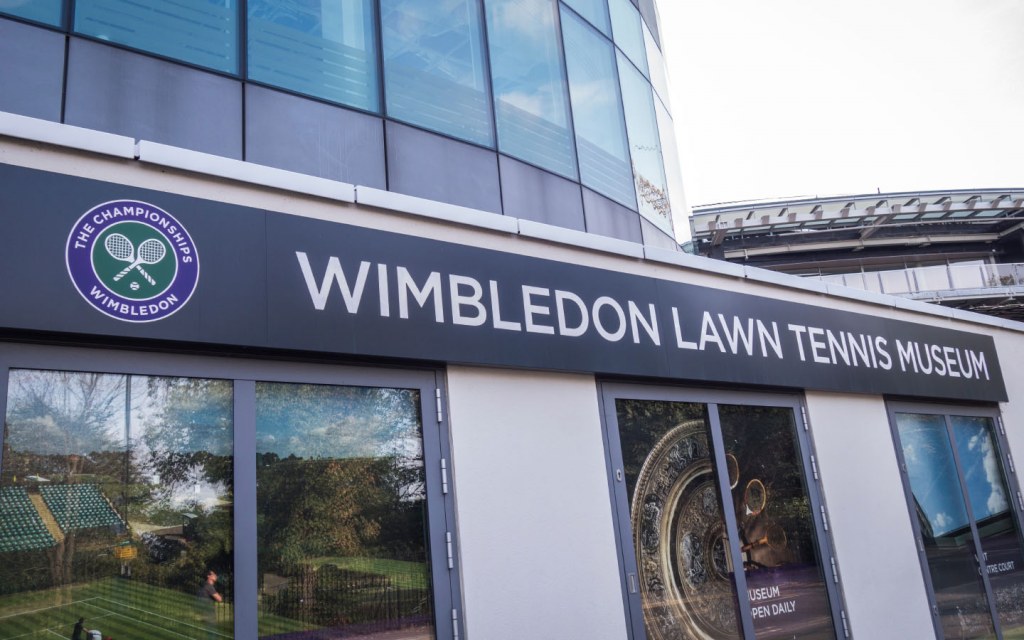
Wimbledon’s Lawn Tennis Museum was opened in 1977, and now contains trophies and medals commemorating past wins as well as a range of tennis equipment. It details the history of Wimbledon for enthusiasts.
Prize Money Became Equal in 2007
The concept of a monetary reward for the champions continued over the years, but what’s interesting is that the inequality of the prize money persisted until 2007 when it was finally announced that winners of the Singles tournaments would be awarded £700,000, irrespective of their gender.
Wimbledon Said Bye-Bye to the Rain in 2009
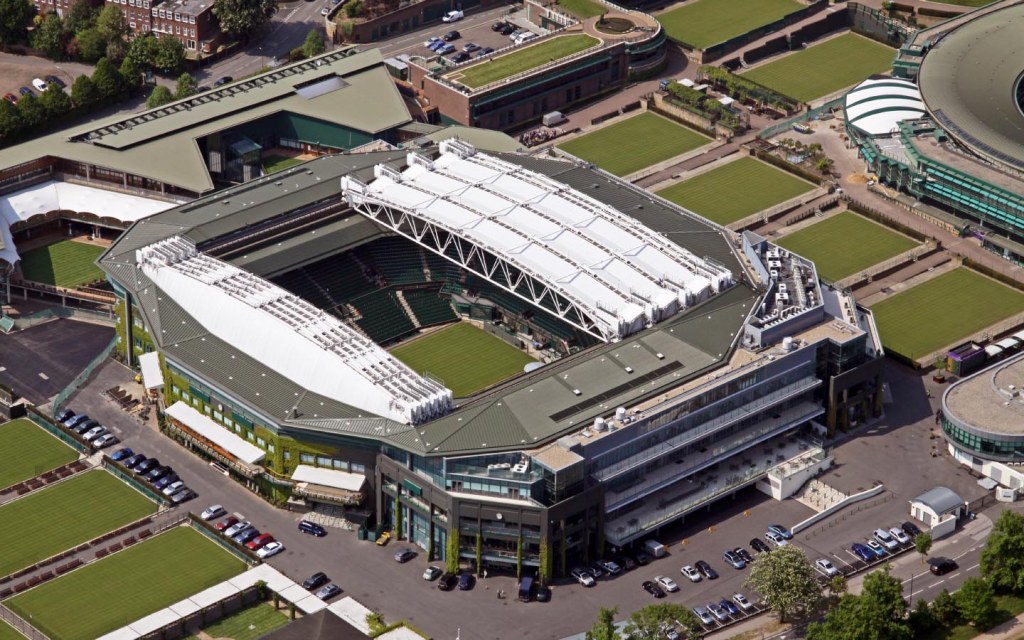
Traditionally, the final of Wimbledon has always been delayed by rain, only to be played 3 days after, with weather conditions that were not much of an improvement. This remained the case until a roof was added to the Centre Court in 2009.
2010—Longest Tennis Match Ever
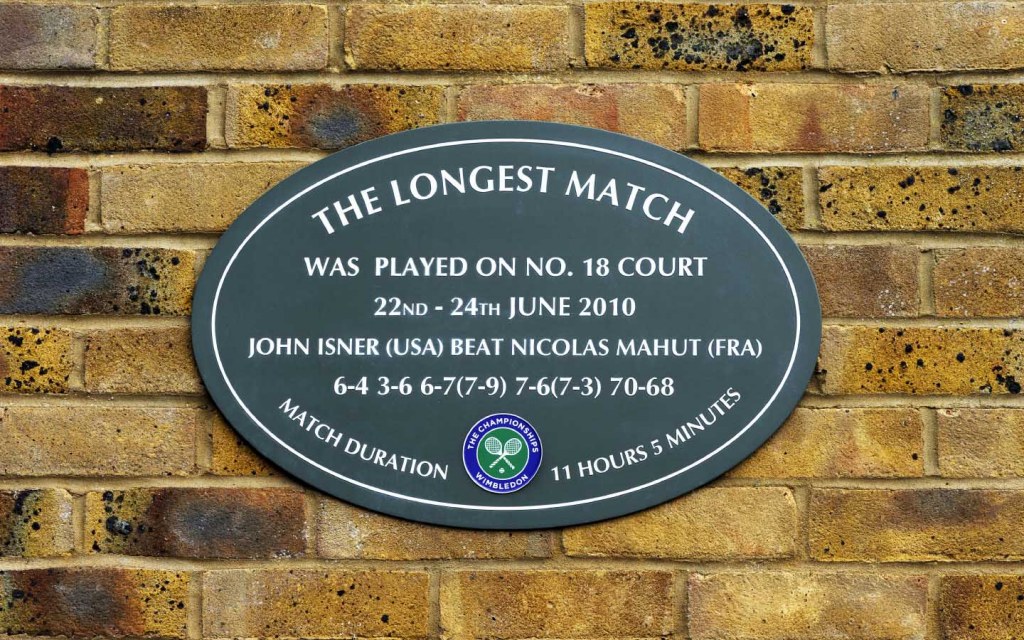
Frenchman Nicolas Mahut went head-to-head with American John Isner in the 2010 Wimbledon Championship, and it resulted in the longest tennis match in history, spanning over a duration of 11 hours and 5 minutes. The match was played over a period of 3 days.
Andy Murray Brings It Home to the UK after 77 Years in 2013
Fred Perry won the Men’s Singles in 1936 for the UK, but Great Britain did not win the title again for 77 consecutive years until 2013 when Andy Murray defeated Novak Djokovic. The Women’s Singles was last won by a Brit, Virginia Wade, in 1977, and the trophy is yet to return home.

The history of Wimbledon is intermingled with its traditions, and they have kept the sport alive for thousands of fans who await the event every year. Two of the most famous traditions at Wimbledon are the consumption of strawberries and cream at the event and the all-white dress code for all the players. Wimbledon 2019 will be held from 1st of July to the 14th of July and coincides with the schedule of the ICC Cricket World Cup, but if you’re a fan of the sport, don’t forget to stay tuned to support your favourite players.
For more lifestyle topics, keep following Zameen Blog, the best lifestyle blog in Pakistan.



